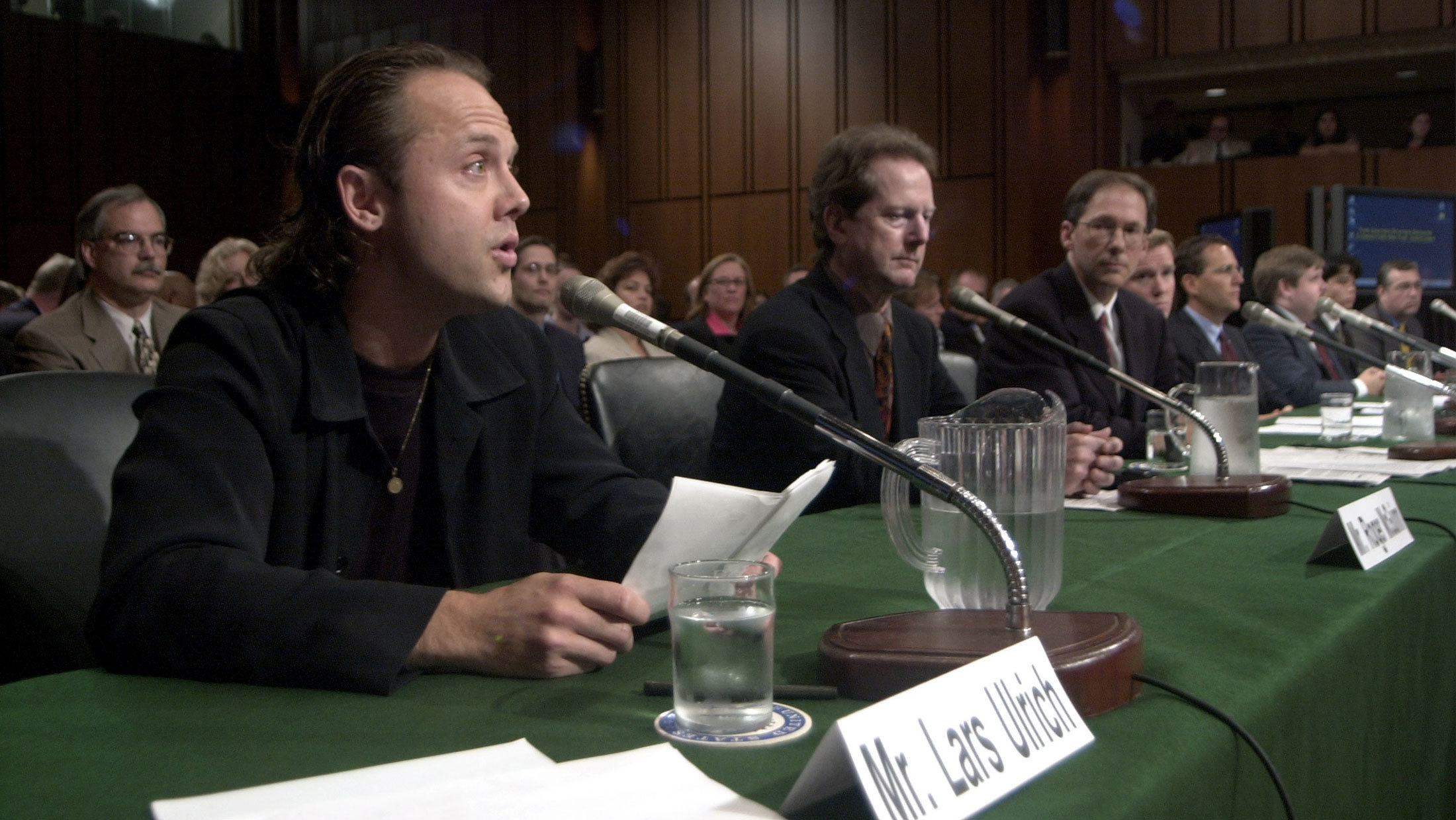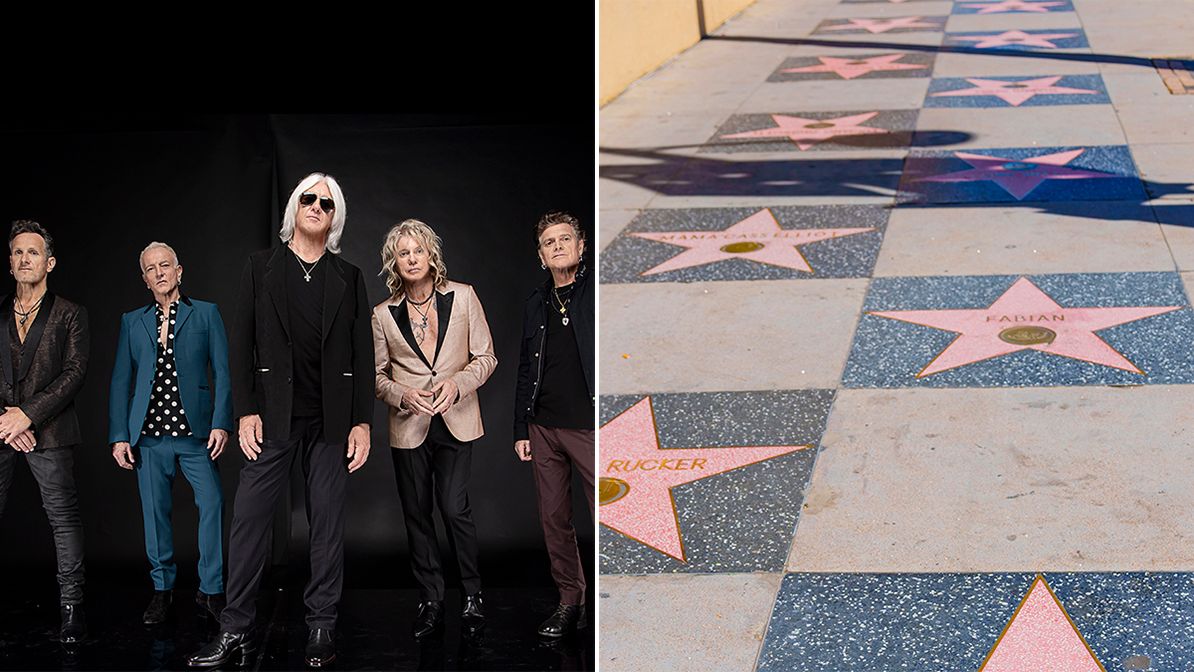Metallica vs. The US Military: The Sandman Awakens
Explore Metallica's legal face-off with the US Department of Defense over 'Enter Sandman,' highlighting the band's steadfast defense of artistic integrity.

In an era where rock legends battle institutional giants over artistic control, Metallica's recent conflict with the US Department of Defense (DoD) over the unauthorized use of "Enter Sandman" serves as a stinging reminder of art's misappropriation by behemoth entities. It’s a tale of corporate drudgery seeking to enlist a heavy metal anthem in a military parade, only to be halted by the very defenders of rock's rebellious spirit.

The DoD, in their attempt to harness the raw power of "Enter Sandman" for a drone promotional video, perhaps missed the memo that music is more than just a tool for hype—it’s an expression of intention and meaning. Metallica, ever the vigilant stewards of their art, swiftly demanded the video's removal, reclaiming the song's true essence from military misinterpretation.
"Enter Sandman" is no stranger to wielding its influence. Released in 1991, it remains a cultural staple, its dark riffs echoing themes of fear and subconscious exploration. Yet, when juxtaposed with military imagery, the song's alluring menace is diluted, transformed into mere backdrop noise in an uninspired pitch. The DoD’s choice seems less a stroke of genius and more a testament to a glaring disconnect between purpose and application.

Pioneers of music rights protection, Metallica’s history with Napster set a precedent for digital ownership, underlining the value of creative work. Their insistence on removing this video aptly mirrors their resolute opposition to art's reduction to mere mechanical utility. This confrontation isn’t merely a legal maneuver; it’s a cultural statement against the commodification of rebellion.
The DoD’s faux pas is reflective of a broader industry trend—where the allure of iconic music is co-opted without grasping its underlying narrative. It’s a misstep endemic to large organizations that often drown out the authentic voice with the mechanical drone of routine operations. Yet, Metallica’s swift action is a call to arms for artists everywhere: a reminder that the battle for creative authenticity is ongoing.

In the end, this clash isn't just about protecting a track; it’s about preserving a legacy where music stands as a beacon of individuality and defiance. While the Department of Defense might momentarily mute their soundtrack, the ripples from this incident highlight the non-negotiable nature of artistic integrity in a world inclined to commodify rebellion.
This saga underlines the crucial conversation about art’s role in representing genuine human experience. Metallica’s stand is a potent reminder that rock, in its truest form, defies trivialization. Whether this episode will lead to a broader reevaluation of how music is employed by prominent institutions remains uncertain, but the conversation is just beginning, amplified by the ripples of Metallica’s stand.



